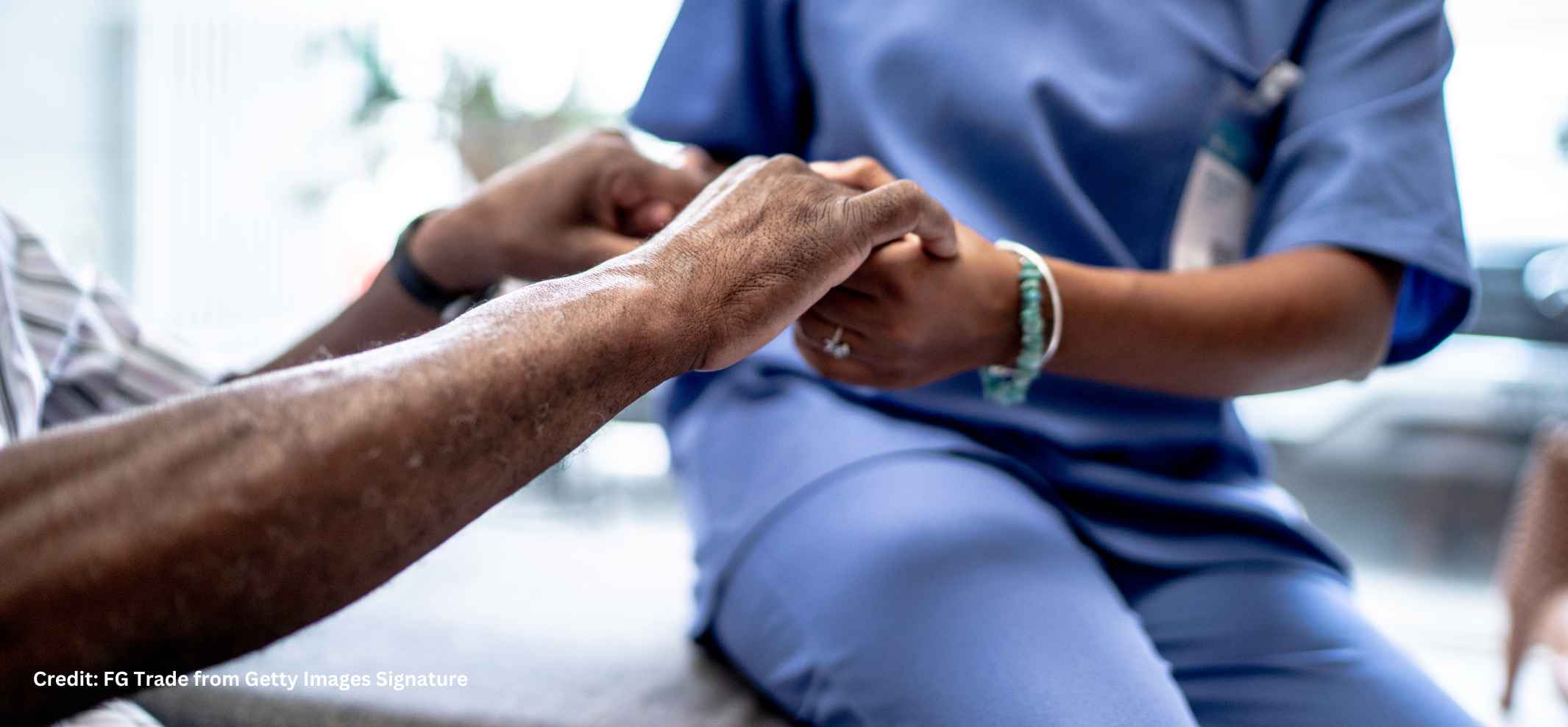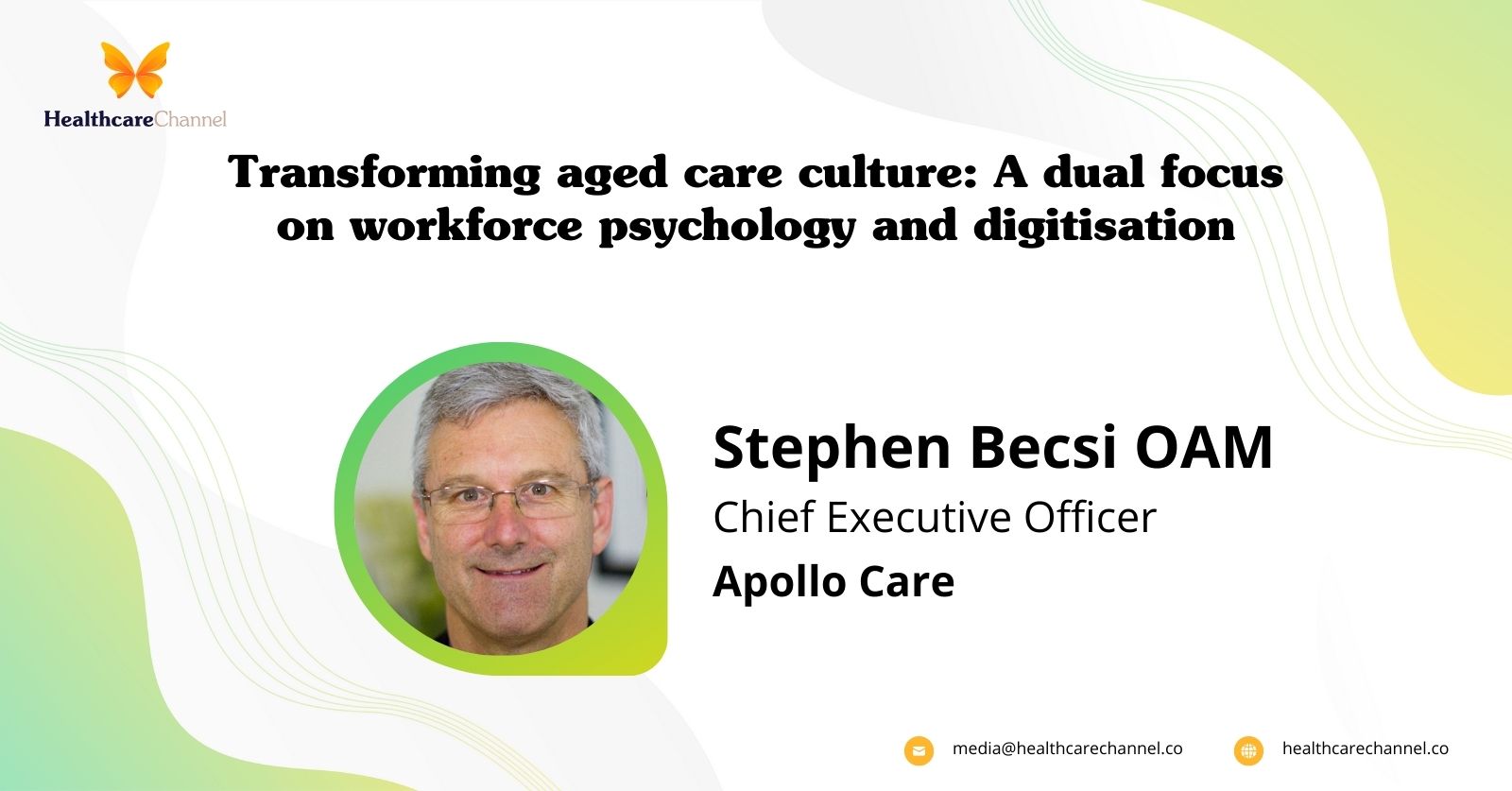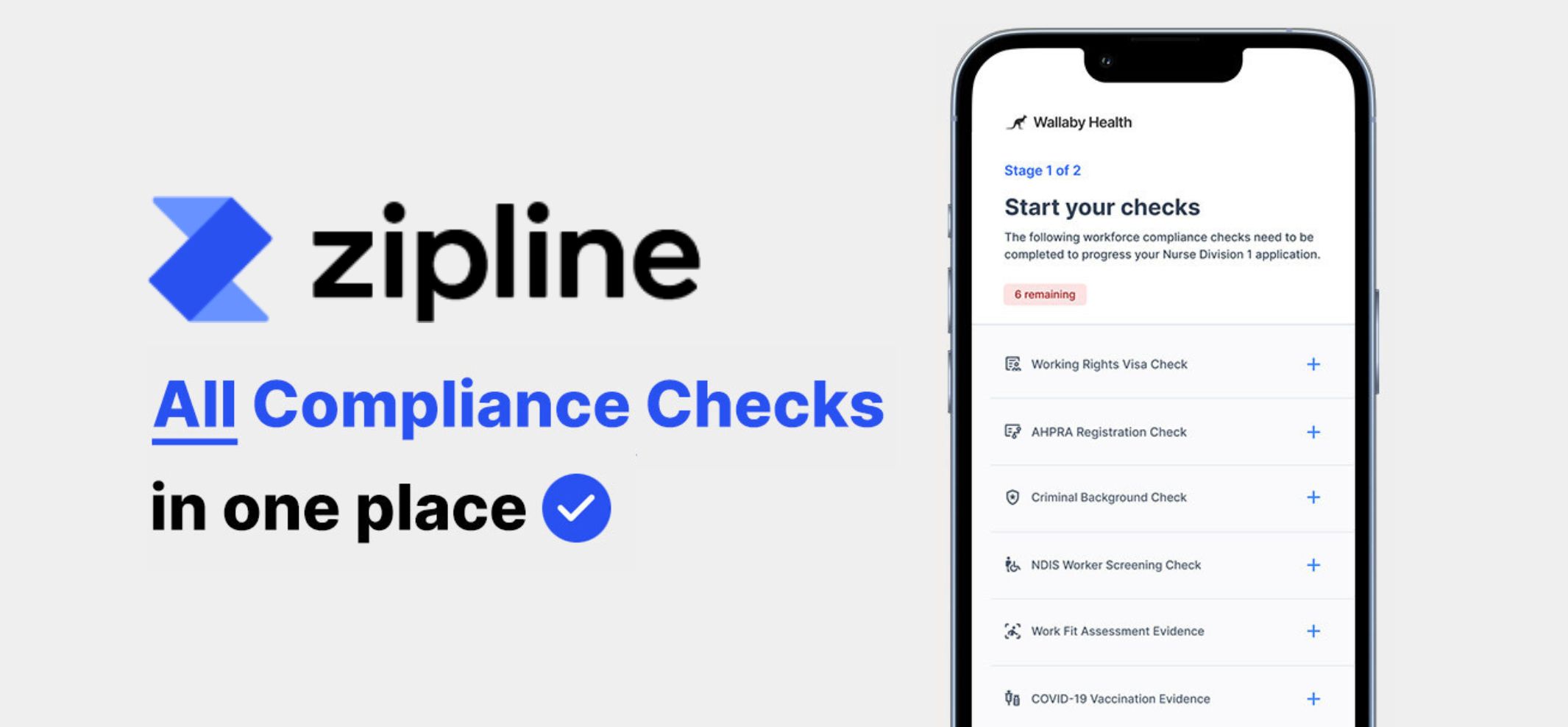Government health spending surged in response to the continuing COVID-19 pandemic, even as individual spending and private health funds dropped, AIHW reported.
A comprehensive new report from the Australian Institute of Health and Welfare (AIHW) reveals a major shift in Australia’s healthcare expenditure during 2021-22, with government spending substantially increasing while individual costs declined amidst the ongoing pandemic response.
Health expenditure in Australia for 2021–22 reached $241.3 billion, a $13.7 billion increase, with government spending playing a significant role in addressing health challenges posed by the pandemic. While the country’s total health spending remained substantial, it accounted for 10.5% of GDP, a slight decrease from the previous year, according to AIHW spokesperson Geoff Callaghan.
Adjusted for inflation, the health spending growth for 2021–22 was 6.0%, surpassing the decade’s average yearly growth of 3.4%. This equated to an average per-person health expenditure of $9,365, an increase of $484 in real terms from the previous year.
Hospitals experienced a $4.2 billion (4.6%) real-term spending increase to $96.0 billion, primarily due to COVID-19-related hospitalizations. Primary health care spending saw an even more significant growth of $8.3 billion (10.9%) in real terms, reaching $84.1 billion. This surge was linked to pandemic-related expenses, such as COVID-19 vaccines and protective gear. Primary health care spending also covered $13.6 billion allocated to unreferred (mainly general practice) medical services.
The Australian Government significantly contributed to the increased health spending, investing $105.8 billion, marking an 8.6% real increase from the previous year. State and territory governments collectively spent $70.2 billion, an 11.0% ($6.9 billion) real-term increase from 2020–21.
Government expenditures through the National Partnership on COVID-19 Response (NPCR) reached $12.8 billion, divided between the Australian Government and state and territory governments. Additional COVID-19 programs through the Department of Health and Aged Care accounted for $12.1 billion.
Conversely, individual health spending dropped by 0.9% in real terms to $33.7 billion during 2021–22, while private health insurance providers saw a 5.3% decrease of $1.0 billion in real terms, amounting to $17.5 billion.
AIHW spokesperson Geoff Callaghan explained that COVID-19 restrictions and temporary suspensions of non-urgent elective surgery and non-essential treatments in various regions likely contributed to lower health spending by individuals, private health insurance providers, and other non-government entities during 2021–22.
Ritchelle is a Content Producer for Healthcare Channel, Australia’s premier resource of information for healthcare.





















